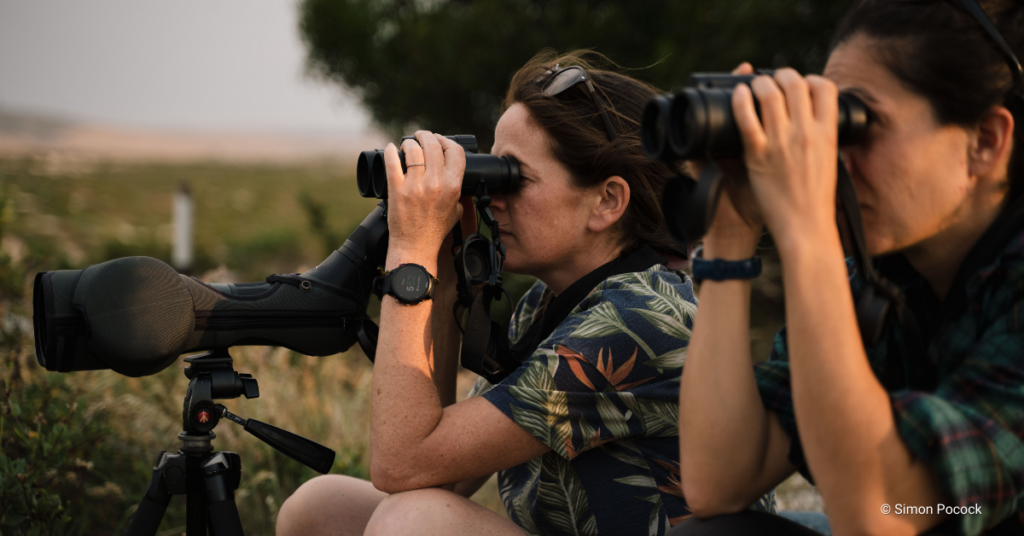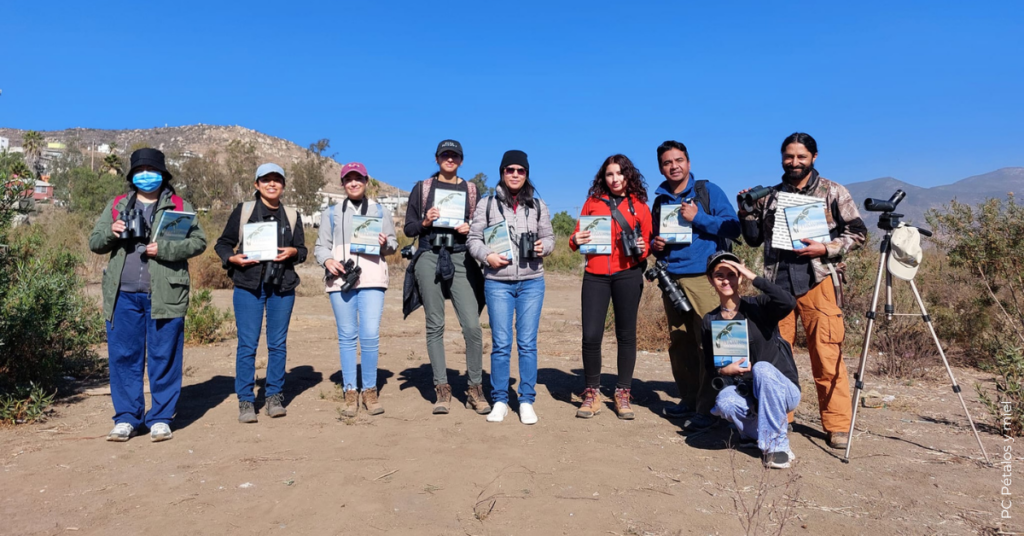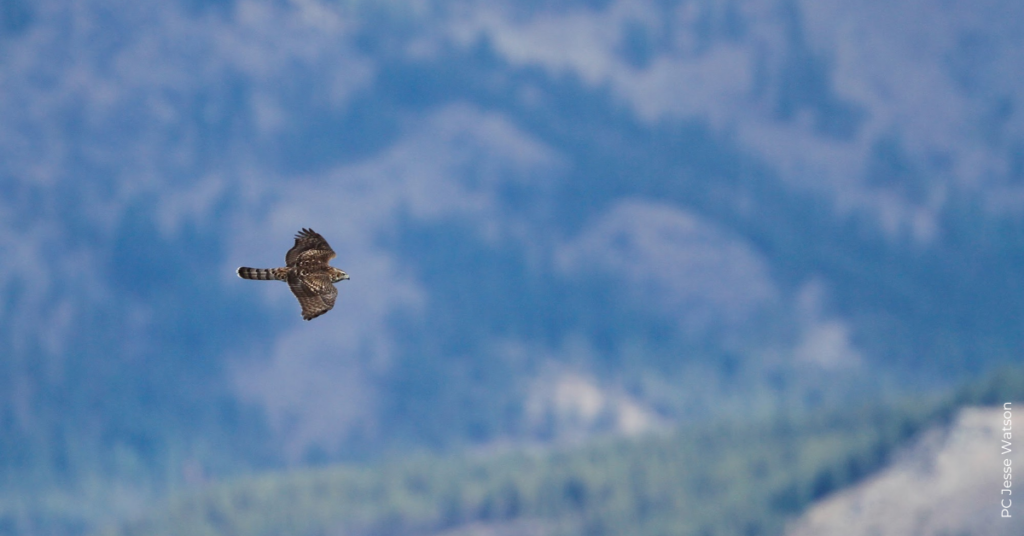When you’re starting off on your birdwatching journey, having the right optics can make all the difference in your experience. Among the essential tools for birdwatchers are binoculars and spotting scopes. Understanding when to use each, knowing the types of binoculars available, and selecting the right model for your needs can elevate your birding adventures. Read on for everything you need to know about binoculars for birdwatching.
When to Use Binoculars vs. Spotting Scopes
Binoculars are the primary tool for most birdwatchers. They provide a broad field of view, making it easier to spot and follow birds in flight or perched on branches. Binoculars are also more portable and quicker to use, which is crucial when you need to react quickly to a fleeting sight.
Spotting scopes, on the other hand, are ideal for viewing birds at a great distance, such as shorebirds, waterfowl, or hawks during migration. Scopes typically offer higher magnification than binoculars, allowing you to see details that would be difficult to observe otherwise. However, they are bulkier, require a tripod, and take more time to set up, making them less convenient for general birdwatching.
When to Choose Binoculars
- Birdwatching in forests or wooded areas where you need a wide field of view
- Observation of fast-moving birds such as warblers, swallows, and falcons
- Situations where portability and ease of use are priorities
When to Choose a Spotting Scope
- When birds are far away and mostly stationary
- Shorebirding where distance and detail are essential
- Identifying birds of prey high in the sky during migration
- Viewing birds in open fields or across large bodies of water
Types of Binoculars: Finding the Perfect Pair
Choosing the right binoculars involves understanding the different types available and how they match your birdwatching needs. The most important factors to consider are magnification and objective lens size.
Magnification and Objective Lens Size
Binoculars are usually described by two numbers, such as 8×42. The first number represents the magnification power, while the second number indicates the diameter of the objective lens in millimeters.
- Magnification: Higher magnification (e.g., 10x) brings birds closer but can make the image shakier, reduce the field of view, and make the image darker. Lower magnification (e.g., 8x) provides a wider view and is generally more stable.
- Objective Lens Size: Larger lenses (e.g., 42mm) gather more light, offering brighter images, especially in low-light conditions. However, they also make the binoculars heavier.
The choice between 8x and 10x magnification depends largely on your birdwatching habits and environment. Binoculars with 8x magnification are generally more versatile and offer a wider field of view and less image shake, making them easier to use for extended periods. This magnification is particularly useful in wooded areas or when following fast-moving birds.
On the other hand, 10x binoculars provide more detail at a distance, making them ideal for open areas such as fields or lakeshores. However, they require a steadier hand or even a tripod to avoid shaky images.
For most birdwatchers, 8×42 binoculars offer the best combination of performance and ease of use. If you regularly observe birds in open areas or prefer seeing finer details, you might consider 10x binoculars, keeping in mind the potential trade-offs in stability and field of view.
Best Binoculars for Birding
The top binocular among HawkWatch International staff is the Vortex Viper HD 8×42. These binoculars offer excellent clarity, sharpness, and color accuracy, making them ideal for identifying birds in various environments. The Vortex Viper HD also features a rugged, waterproof design, ensuring durability even in harsh conditions. Vortex also has fantastic customer service and is very responsive to issues or questions.
While Vortex is a staff favorite, it’s important to remember that the best binoculars are the ones you can afford and feel comfortable using. While investing in a quality pair of binoculars can enhance your birding experience, the cost of equipment shouldn’t be a barrier to your participation in and enjoyment of birdwatching or hawkwatching.
Binocular Accessories: Enhancing Your Birdwatching Experience
In addition to choosing the right binoculars, the right accessories can further improve your birdwatching experience. Accessories you may want to consider include:
- Lens caps and covers
- Lens cleaning kits
- Tripods and adapters
- Neck straps or harness straps
Check out our binocular harness strap that helps distribute the weight of the binoculars across your shoulders, reducing strain on your neck during long birdwatching sessions. Our straps are designed to be comfortable and adjustable, ensuring that your binoculars are secure and easily accessible when you need them. Plus, with every purchase, you help fund our research and conservation efforts to protect raptor species!
Whether you’re a novice or an experienced birder, selecting the right binoculars is key to enhancing your birdwatching experience. With the right tools and knowledge, you can enjoy the beauty of birds in all their detail.
HawkWatch International is a nonprofit organization dedicated to raptor research and conservation. We strive to conserve our environment through education, long-term monitoring, and scientific research on raptors as indicators of ecosystem health. Whether through donations, volunteer opportunities, or simply spreading the word, your involvement can make a difference in preserving our natural world. Support our work today, help protect these incredible birds, and ensure that future generations can enjoy the thrill of HawkWatching!




